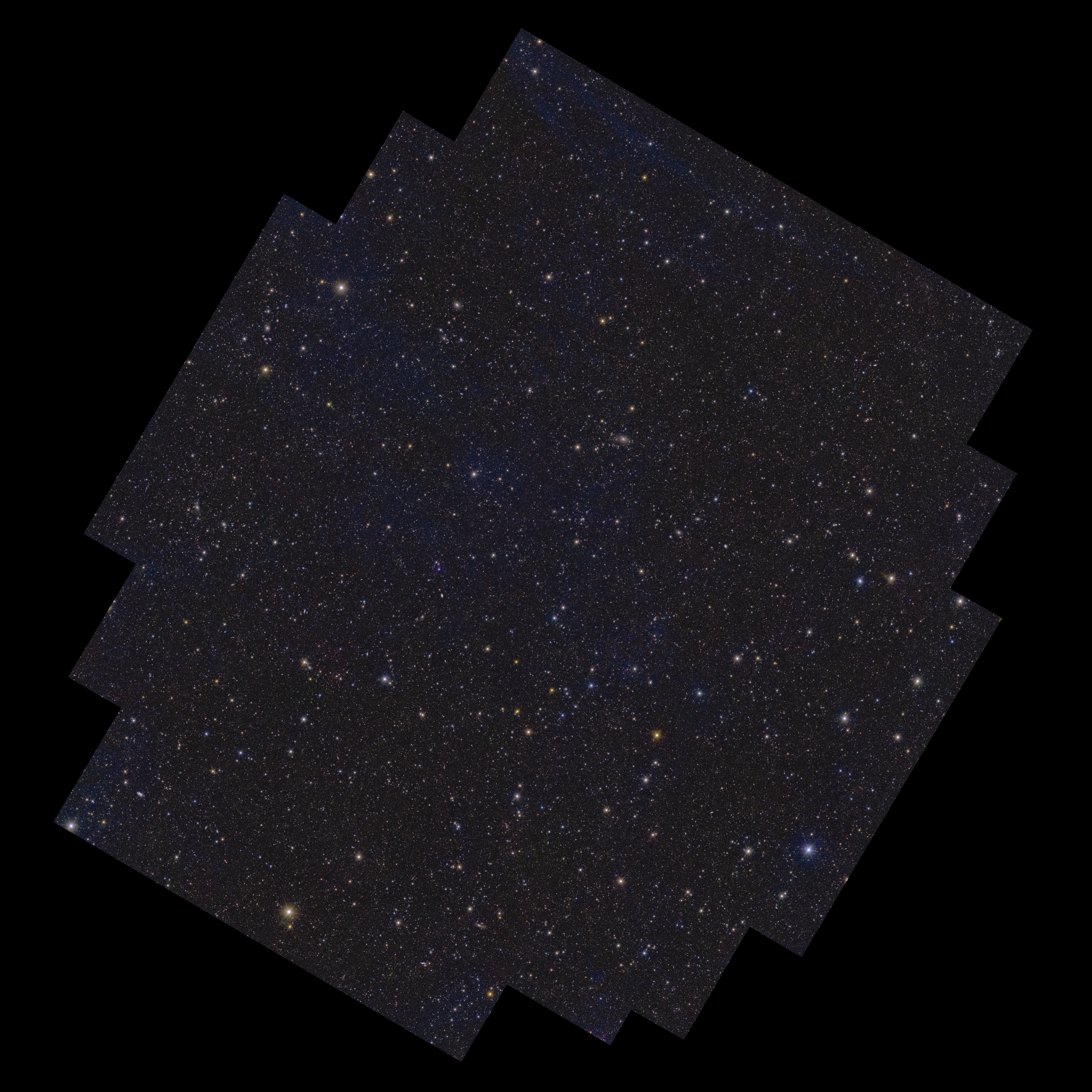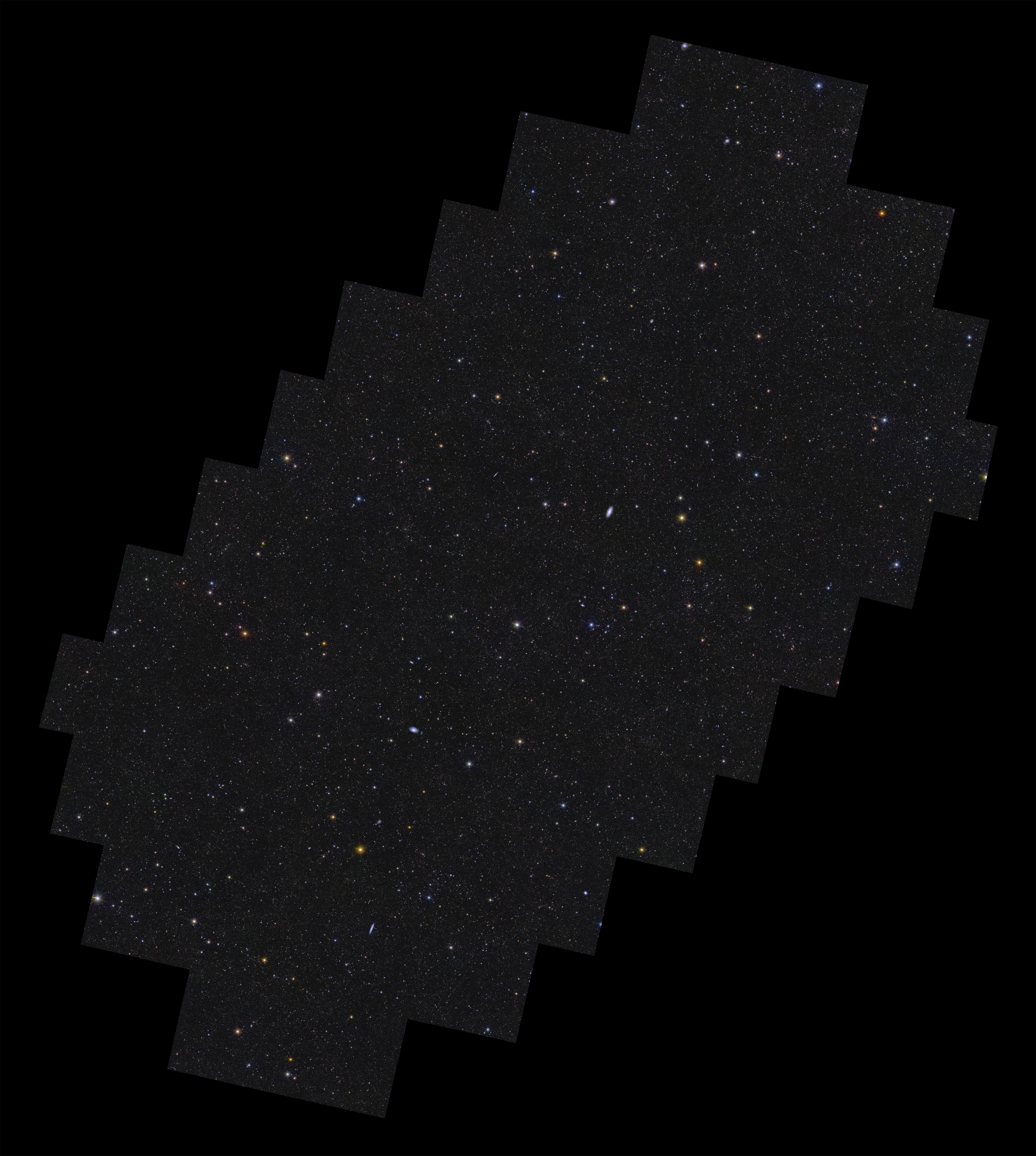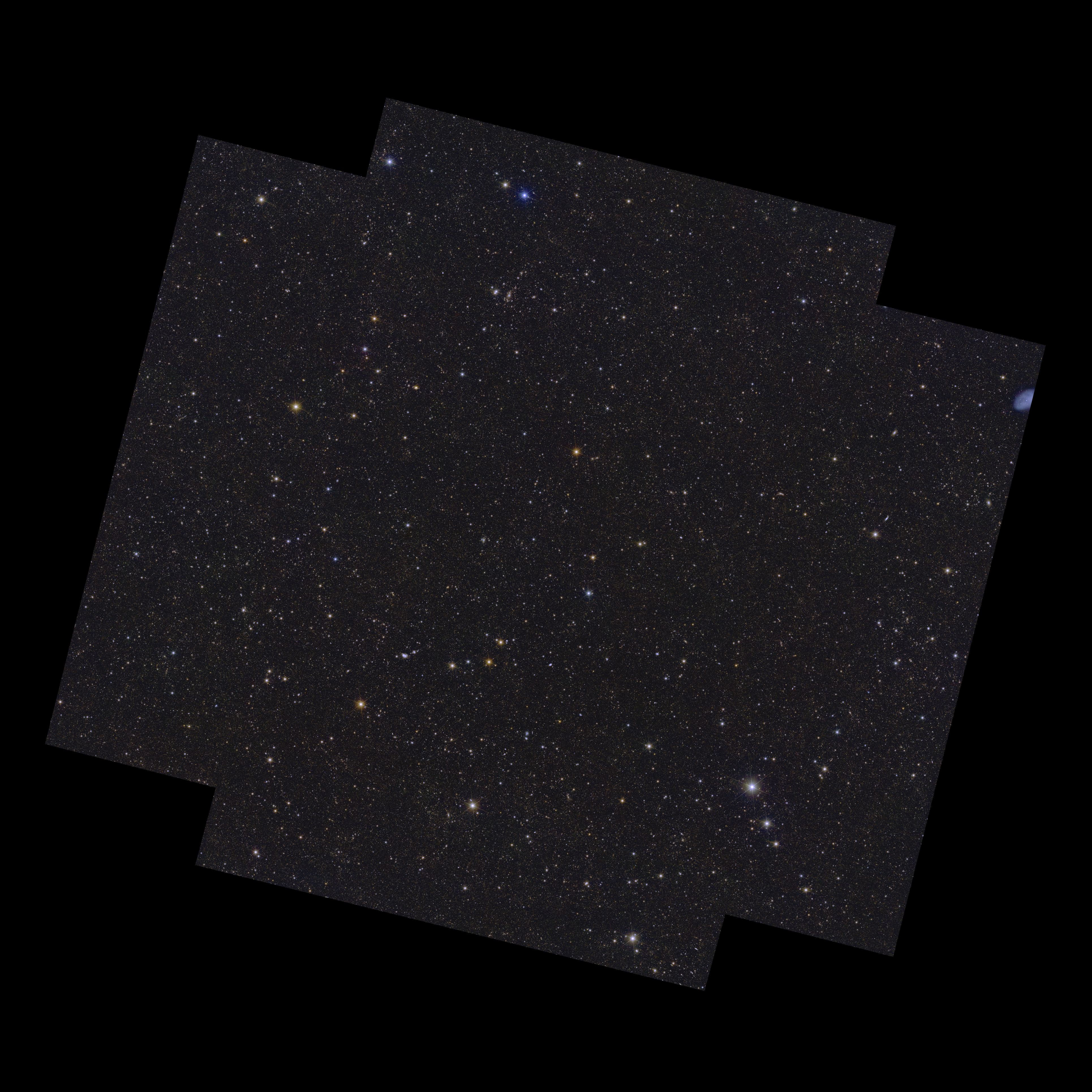
The European Space Agency’s (ESA) Euclid mission has reached a major milestone with the first quarterly data release (Q1 2025), marking the beginning of an unprecedented era in precision cosmology. With its unparalleled capability to map the Universe in extraordinary detail, Euclid is now revealing the Large Scale Structure (LSS) of the cosmos like never before, providing a fundamental new tool for investigating the nature of Dark Matter and Dark Energy.
“Launched in July 2023, Euclid is a pioneering space telescope designed to create the most extensive three-dimensional map of the Universe”, Carlo Baccigalupi, APC PhD Coordinator at SISSA, Euclid CMBXC WG and KP Coordinator, explains. “With its sophisticated combination of visible and near-infrared imaging and spectroscopy, the mission aims to chart billions of galaxies across 10 billion years of cosmic history. By precisely measuring the large-scale distribution of galaxies and their subtle distortions due to gravitational lensing, Euclid provides an essential window into the elusive dark components of the cosmos.”
Since the inception of the Euclid Consortium, SISSA has played a pivotal role in developing methodologies to cross-correlate Euclid’s data with the Cosmic Microwave Background (CMB). This synergy between Euclid’s galaxy mapping and the oldest light in the Universe is key to testing fundamental physics and refining our understanding of the Universe’s evolution. “The correlation is an essential window into the early stage of cosmic acceleration, driven by the Dark Energy”, Baccigalupi continues. “Through the roles in Euclid as well as current and future CMB observations, SISSA is set to be at the forefront of this investigation”.
Currently, SISSA leads the development of Key Projects related to Euclid’s Data Release 1 (DR1), scheduled for autumn 2025. These projects will leverage Euclid’s observations to establish novel cosmological constraints, offering deeper insights into the nature of dark matter, dark energy, and the initial conditions of cosmic structure formation.
"With Euclid, we are not just observing the Cosmological Large Scale Structure, we are rewriting the way we understand its fundamental components. The cross-correlation with the Cosmic Microwave Background allows us to test gravity, probe the dark sector, and refine our models of cosmic evolution in ways that were previously unimaginable." Carlo Baccigalupi explains.
The Euclid mission stands at the forefront of 21st-century cosmology. By intertwining Euclid’s vast cosmic maps with CMB data and other next-generation observatories, researchers will push the boundaries of what is known about the dark Universe. As we look ahead to DR1 in late 2025, and beyond, the scientific community is poised to unlock transformative insights into the unseen particles and forces creating structures, and driving cosmic expansion, bringing us ever closer to answering some of the biggest unknowns in fundamental physics.
References




